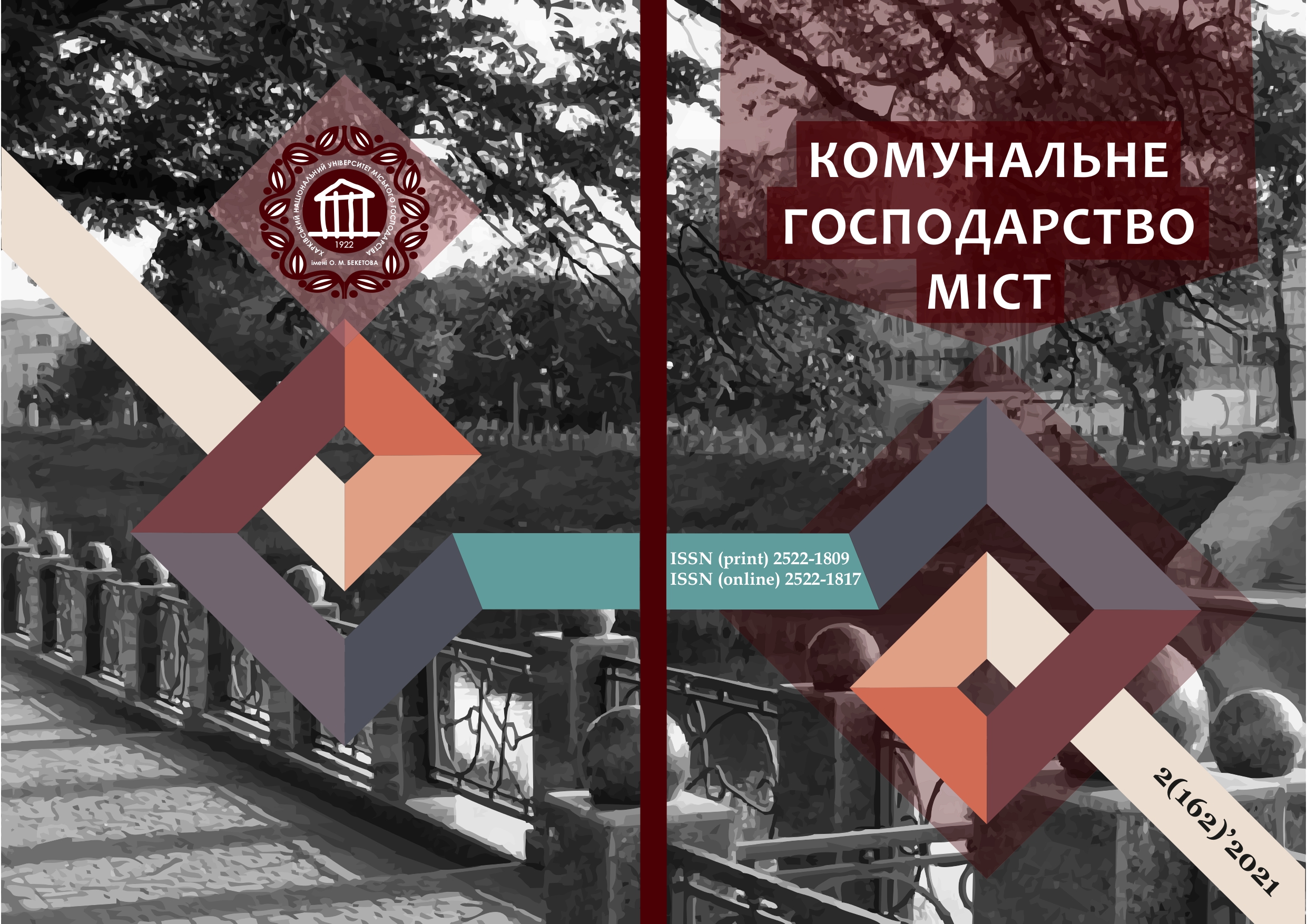HISTORICAL ORIGINS OF THE FORMATION OF THE CHINESE ECONOMIC MODEL
Array
Keywords:
Asian method of production, Confucian model of the state, Chinese model of the economy, reforms, economic development, real economy.Abstract
The article analyzes the history of formation, main features, characteristics and stages of development of the Chinese economy, which has been demonstrating economic growth over the past decades. The country's economic success is updated by research on the historical origins, place and role of the Chinese economic model in global economic development. In the historical context, the origins of the Chinese model of economy are seen in the main features of the Asian mode of production, the constant presence of the state in the regulation of public life and in economic development.
It is characterized that the formation of the Chinese model of the economy began with the economic reforms of 1978, the features of which were focused only on economic changes with an unchanged political system; the absence of any privatization and the creation of private enterprises from scratch during market reforms; the leading role state regulation and national economic plans in the development of the economy. The characteristic features of the modern Chinese model of the economy include: a strong state with a large-scale public sector of the economy; active state intervention in macroeconomic regulation, planning and forecasting of socio-economic development; a multi-layered economy, an effective combination of various forms of ownership, a combination of traditional and modern ways of life; the implementation of the Confucian model of a just state, which should create equal opportunities for self-development of everyone; the special role of national mentality, traditions and Customs; a high level of disciplinary culture and stable organization of society; the dominance of pragmatism and rationalism.
It is investigated that the most important feature of the Chinese economic model is the development of the real sector of the economy, and the main tools of global competition are considered here new technologies and innovative industries that are supported by government programs.
References
2. National Bureau of Statistics of China, UNCTADstat, World Bank. The official site [electronic resource].
3. Drobotyuk O. V. (2019) Evolution of the model of economic development of the China. Ukraine-China, 7, 32–48.
4. Wong L. (1999) Marginalization and Social Welfare in China. Routledge
5. Economics Of The People's Republic Of China / Xinhua Agency. Retrieved from http://russian.news.cn/china/economic.htm.
6. Noton B. (2016) The Chinese Economy Transitions and Growth. New York.
7. The Chinese Economy. Structure of the economy of China Retrieved from http: //www.ereport.ru/articles/weconomy/china2.htm.
8. Nesterov A.K. (2018) Мodern economy of China. Retrieved from http://odiplom.ru/lab/sovremennaya-ekonomika-kitaya.html
9. Gao Q., Yang S. & Li S. (2013) The Chinese Welfare State in Transition: 1988-2007. Journal of Social Policy, 42, 743–762.
10. Giovanni J., Levchenko А. & Zhang J. (2012) The Global Welfare Impact of China: Trade Integration and Technological Change. IMF Working Paper, № 79.
11. Saich T. (2011) Governance and Politics in China. Palgrave Macmillan.
12. McKinsey Global Institute (2020) Global Capital Markets: Entering a New Era. Retrieved from http://www.mckinsey.com/mgi
13. Zheng G.C. (2008) China’s Social Security in Thirty Years. People’s Press.
14. Dlugopol’s’kyi A. V. (2014) The state of (total) welfare in China: stages of formation and problems of construction. Economy of Ukraine, 7, 69–81.
Downloads
Published
How to Cite
Issue
Section
License
The authors who publish in this collection agree with the following terms:
• The authors reserve the right to authorship of their work and give the magazine the right to first publish this work under the terms of license CC BY-NC-ND 4.0 (with the Designation of Authorship - Non-Commercial - Without Derivatives 4.0 International), which allows others to freely distribute the published work with a mandatory reference to the authors of the original work and the first publication of the work in this magazine.
• Authors have the right to make independent extra-exclusive work agreements in the form in which they were published by this magazine (for example, posting work in an electronic repository of an institution or publishing as part of a monograph), provided that the link to the first publication of the work in this journal is maintained. .
• Journal policy allows and encourages the publication of manuscripts on the Internet (for example, in institutions' repositories or on personal websites), both before the publication of this manuscript and during its editorial work, as it contributes to the emergence of productive scientific discussion and positively affects the efficiency and dynamics of the citation of the published work (see The Effect of Open Access).

